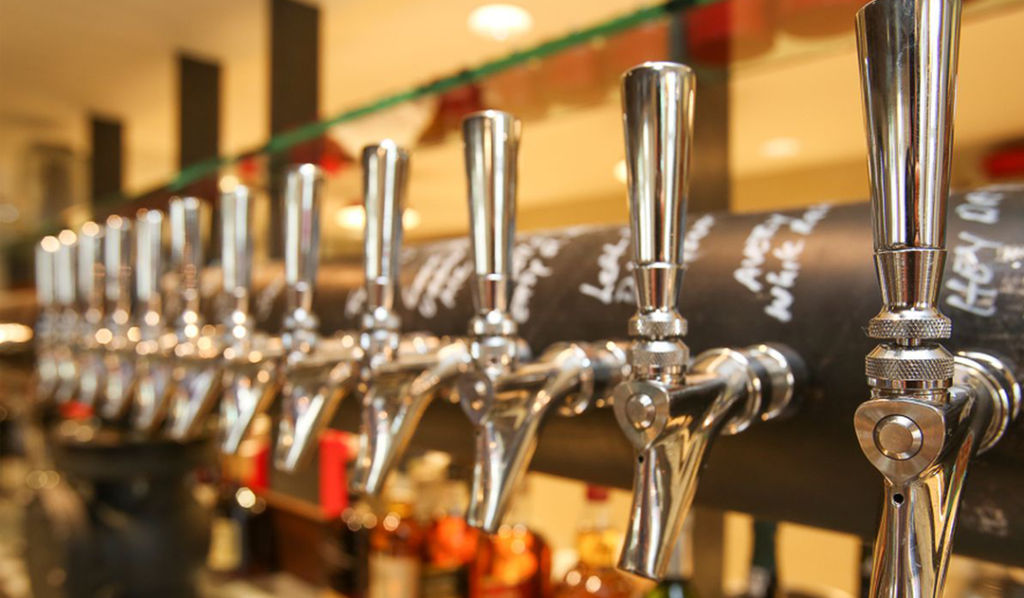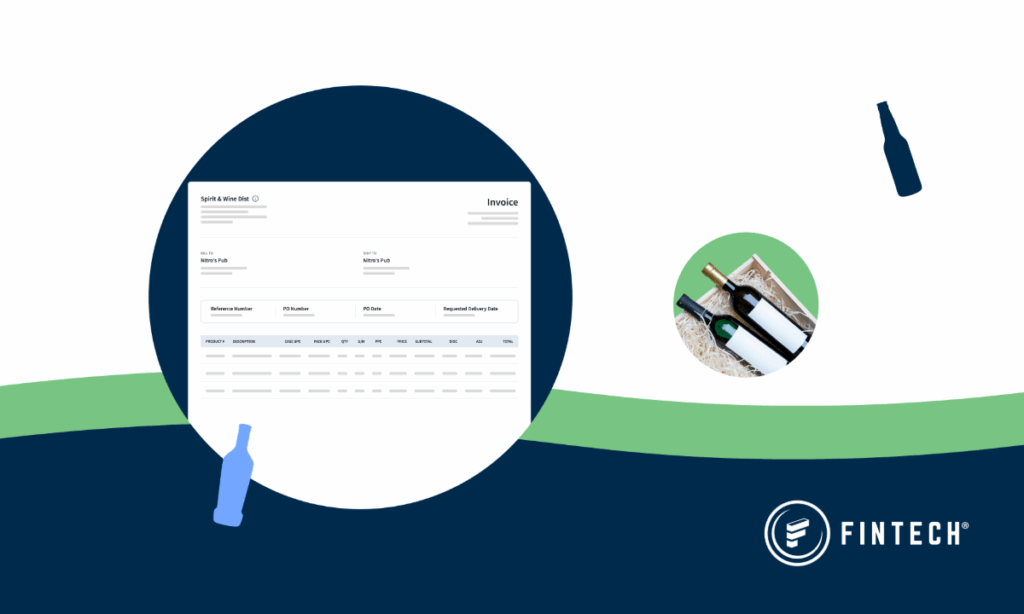The first quarter of 2021 is already in the rearview mirror, and with it goes many of the COVID restrictions that were still impacting the beer industry. As states begin to lift capacity restrictions and consumers start to leave their lockdowns, we are seeing beer industry data return to a similar index as years past. Aside from the 2021 week eight deep freeze and the 2020 week 12 pantry rush, the peaks and plateaus in the data remain largely the same – confirming the notion that alcohol is pandemic proof. To get the complete picture of the beer industry, Fintech sat down with Lester Jones, Chief Economist with the National Beer Wholesalers Association, for our quarterly Beer Industry Review webinar. By digging into Fintech’s InfoSource® data, which represents the aggregation of beer, wine, and spirits data between about 165,000 retailers and 4,550 distributors and self-distributing suppliers across the country, we investigated brand performance, on-premise viability, and Seltzer’s surge through week 15 of 2021.
According to Lester, this review was a “senior-level Economics class” in beer data because of the existing unknowns, but here are a few of the biggest highlights from our webinar.
Where was the Growth?
The overall beer industry lost about $20 billion in sales through the COVID-year, with spending shifting from on-prem to off-prem segments. This year, spending is still occurring primarily through the off-premise channels, and as such, case volumes are following an anticipated trend through the first quarter. Despite the relatively unpredictable nature of on-premise sales (due to lasting restrictions, consumer hesitancy, etc.), on-premise volumes are already back to about 80% of their 2019 totals, roughly 400,000 cases behind as of week 15. A significant factor of this success comes from keg volumes, which are back to about 75% year to date in 2019. Right now, draft is about 50% of the total on-premise volume, but interestingly, as bars, restaurants, and hotels reopen, they’re narrowing their draft handles. This means that we’re seeing greater keg velocity out of fewer tap handles. Another interesting note is that the return of keg volumes is not coming at the expense of bottles, but rather cans, which lost 4% share so far in 2021 in on-premise channels. Currently, industry totals sit at 62% cans, 32% bottles, and 6% kegs.
As for the beer segment breakdowns, Premium Plus Lights still rule the overall industry, owning 35% of the shares through week 15 of 2021. Interestingly, the segment is actually down (-1.9%) compared to the end of 2020. Not surprisingly, Seltzers and FMB’s are still climbing, up from 9% total share at the end of 2020 to 12% by the close of Q1. Other segments seeing success are Imports (up 1% from EOY 2020), Craft (up 0.2%), and non-alcohol beers (up 0.2%). Suppliers are starting to balance their portfolios again between on and off-premise, with the top three suppliers, Anheuser-Busch, Molson Coors, and Constellation owning almost 75% of the total market. Craft suppliers are also working hard to get back to their 2019 benchmarks after the on-premise closures of 2020, with Sierra Nevada, New Belgium, and Craft Brew Alliance gaining shares in Q1.
So, will 2021 volumes top those of 2019 this summer (maybe even by Memorial Day)? Drink up and find out at our next recap.
Is On-Prem Back?
As we said, on-premise channels are back to 80% of their total volumes compared to 2019, with golf and country clubs, private clubs, sports bars, and bars/taverns all hitting above this industry average. Unfortunately, concessionaires are still struggling, only recouping about 20% of their 2019 volume. We’re hopeful that as ballgames and concerts return across the country, so will higher beer volumes for these venues.
In 2020, craft brands had to shift their portfolio almost entirely to off-premise – a transition that hit draft-only craft suppliers hard. Today, the shift back to on-premise is creating a unique balancing act for brands looking to jump back into their previous volumes. As of week 15, Blue Moon, Sierra Nevada, Leinenkugel, and Kona are all brands balancing their portfolios in a way that’s edging them closer to beating their 2019 volumes. Additionally, the recovery of craft volume on-premise is seen by the package mix of kegs, cans, and bottles. For example, Blue Moon is taking advantage of keg volume coming back with 87% of their on-premise volume in kegs. Some other key on-premise packages for top craft brands are Founders and Cigar City, with 32% and 29% respective on-premise volumes in cans, and Shiner, with 26% of their on-premise volume in bottles.
Another interesting note in the on-premise realm is that Imports seem relatively unchanged through the last two years. Brands in this segment are balancing out between on-and-off premise, with numbers showing only slight variances from 2019 to 2020 and 2020 to 2021.
What’s Happening with Seltzers?
This seems to be the topic that everyone is talking about – or at least everyone is partaking in. First, we know that 2021 seltzer growth hasn’t been as much of a rocket ship as past years, where volumes doubled year over year (2018 to 2019 and 2019 to 2020). Still, overall volumes are higher than previous years, and we’re averaging 1.3 million cases by week 15 of 2021. As brands begin to navigate the balance between on-premise and off-premise and the summer season opens, we predict these numbers will keep climbing, maybe even peaking over 2,000,000 cases in the Fintech data.
According to the data, the dubbed “summer of White Claw” is still going strong almost two years later, with White Claw making up 40.5% share of the total category. Truly comes in at number two with 30.7%, and Bud Light Seltzer is the new number three, with 10.4% of the segment. Interestingly, a lot of new brands have entered the market and are already impacting shares of the larger companies. Additionally, these top brands are starting to cannibalize themselves a bit by introducing competing labels to the market (think Bud Light Seltzer versus Bon & Viv). This competition has started to even the playing field, with the top three brands mentioned above dropping from 89% of the segment combined in 2019 to only 82% in 2021 according to Fintech’s InfoSource®.
Overall, when benchmarked against Fintech total industry data, Seltzers run at about 8% of the industry. Despite the relative volatility in volumes, the segment is predictably seasonal, best enjoyed on a boat or at the beach. So, as we enter the summer, we may see this stat jump up to 12%, maybe even 15% of the total industry. A key component of this will obviously be Seltzer’s ability to stand out in the on-premise landscape.
Where Do We Go From Here?
As we enter summer and thankfully begin to put COVID behind the beer industry, we still have a lot of questions to answer. Will we see a balance between on-premise and off-premise volumes? What brands will pull the total case volumes up to new heights? Will Seltzer find its niche in the on-premise segment? One thing is certain – we’ll have some fun numbers to review during our next webinar. Be on the lookout for an invite from our team over the summer.
Ready to watch the full webinar for even more data-driven details and insights into the beer industry? Check out the recording here.






